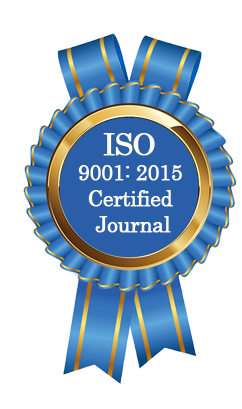| All | Since 2020 | |
| Citation | 105 | 60 |
| h-index | 4 | 4 |
| i10-index | 3 | 2 |
WJAHR Citation 
Login
News & Updation
Best Article Awards
World Journal of Advance Healthcare Research (WJAHR) is giving Best Article Award in every Issue for Best Article and Issue Certificate of Appreciation to the Authors to promote research activity of scholar.
Best Article of current issue
Download Article : Click here
Indexing
Abstract
FORMULATION AND EVALUATION OF DENTAL GEL CONTAINING CLOVE OIL FOR THE TREATMENT OF PERIODONTAL DISEASE- A REVIEW
Prashant Kumar Katiyar*, Dr. Smita Takerkhade, Madhavi Ashika Lahu, Masne Mangala Ambanna, Mhatre Prajkta Bhagvan, Mishra Mithilesh Kumar Rakesh, Mishra Saurabh Mangalprasad
ABSTRACT
The study was aimed to formulate and evaluate dental gel containing clove oil as the chief constituent for the treatment of periodontitis. Clove oil has a wide spectrum of antibacterial activity against a number of periodontal pathogens, hence it is selected for the treatment of periodontitis. Clove oil gel is formulated by using carbopol 934 as gelling agent, clove oil as medicinal agent, polyethylene glycol as co-solvent, methyl paraben and propyl paraben as preservative and required quantity of distilled water as vehicle. The periodontal disease commonly refers to inflammatory diseases that are plaque induced i.e. gingivitis and periodontitis. Gingivitis, the moderate stage of disease caused by an accumulation of supragingival plaque and characterized by swelling, light bleeding and redness of the marginal gingival. Gingivitis is associated with a change in the microflora, shifting from a Gram-positive anaerobic flora to a more Gram negative one. Periodontitis, a more severe stage of periodontal disease, results in the resorption of the alveolar bone and detachment of the periodontal ligament supporting tooth. This study was aimed to formulate dental gel containing clove oil for the treatment of periodontal diseases and then was evaluated for their physicochemical properties including drug content, spreadability, extrude ability, in-vitro antibacterial activity.
[Full Text Article] [Download Certificate]
